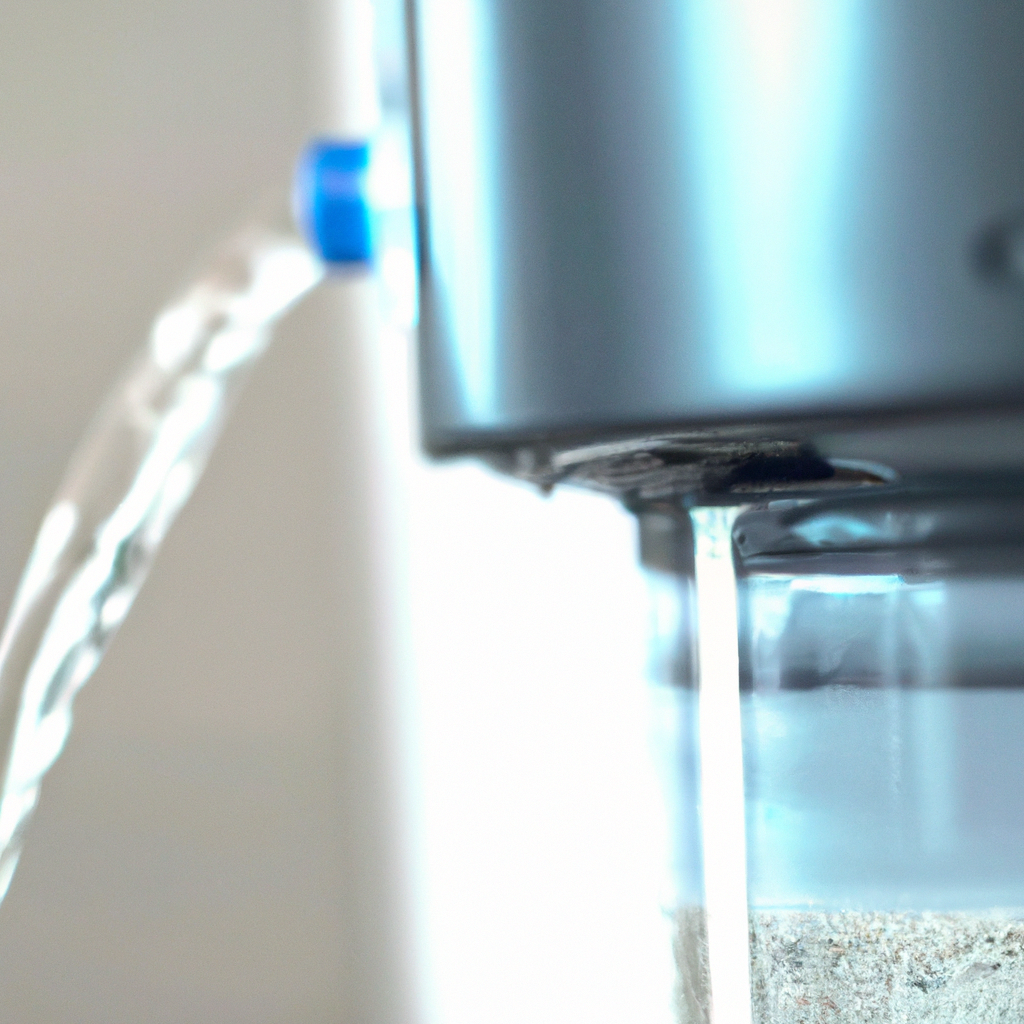Water is an essential part of our lives, and it is crucial to ensure that the water we consume is clean and safe. Water purifiers have become an increasingly popular solution for providing clean drinking water. In this article, we will explore how a water purifier works and how it purifies water to make it fit for consumption.
What is a Water Purifier?
A water purifier is a device that uses various methods to remove contaminants from water and make it safe for consumption. Water purification systems can vary in size and complexity, from small home water purifiers to large-scale water treatment plants that provide clean water to entire cities.
Purification Process
The purification process involves the removal of contaminants from the water to make it drinkable. A water purifier typically uses a combination of different technologies to achieve this goal. The most common methods used by water purifiers are filtration and reverse osmosis.
Filtration
Filtration is a process that removes impurities from water by passing it through a filter. The filter can be made of different materials, such as sand, activated carbon, or ceramic. The impurities get trapped in the filter, and the clean water passes through. This process removes impurities such as sediment, chlorine, and other organic compounds.
Reverse Osmosis
Reverse osmosis is another commonly used method in water purifiers. In this process, the water is passed through a semi-permeable membrane that allows water molecules to pass through but blocks larger molecules such as dissolved salts, chemicals, and bacteria. The impurities are trapped on one side of the membrane, and the clean water passes through to the other side.
Water Filtration System
A water filtration system is a type of water purifier that uses a combination of different filtration methods to remove contaminants from the water. The most common types of water filtration systems are activated carbon filters, ceramic filters, and UV filters.
Activated Carbon Filters
Activated carbon filters work by adsorption, which is the process of attracting and holding impurities on the surface of the filter. The activated carbon filter has a large surface area, which helps to trap impurities such as chlorine, pesticides, and other organic compounds.
Ceramic Filters
Ceramic filters are made of a porous material that traps impurities as water passes through it. The ceramic filter can remove impurities such as sediment, bacteria, and viruses.
UV Filters
UV filters use ultraviolet light to kill bacteria and viruses in the water. The UV light damages the DNA of the microorganisms, which prevents them from reproducing and makes them harmless.
Water Purification System
A water purification system is a more advanced type of water purifier that uses a combination of different methods to remove contaminants from the water. The most common types of water purification systems are reverse osmosis systems, distillation systems, and ion exchange systems.
Reverse Osmosis Systems
Reverse osmosis systems use a semi-permeable membrane to remove impurities from the water. The system forces the water through the membrane, which traps impurities such as dissolved salts, chemicals, and bacteria. The purified water is then collected in a storage tank.
Distillation Systems
Distillation systems use heat to vaporize water, which leaves behind impurities such as dissolved salts, chemicals, and bacteria. The vapor is then collected and condensed back into water, which is collected in a storage tank.
Ion Exchange Systems
Ion exchange systems use resin beads to remove impurities from the water. The resin beads are charged with ions that attract and hold impurities such as dissolved salts, chemicals, and metals. The purified water is then collected in a storage tank.
Home Water Purifier
A home water purifier is a small, compact device that is designed to provide clean drinking water for a household. Home water purifiers use a combination of different filtration methods to remove impurities from the water.
Conclusion
In conclusion, a water purifier is a device that uses various methods to remove impurities from water and make it safe for consumption. The most common methods used by water purifiers are filtration and reverse osmosis. Water purifiers can vary in size and complexity, from small home water purifiers to large-scale water treatment plants. It is essential to ensure that the water we consume is clean and safe, and a water purifier can help achieve this goal.







